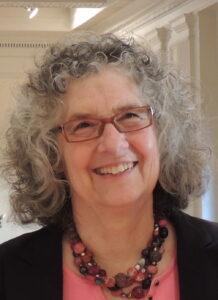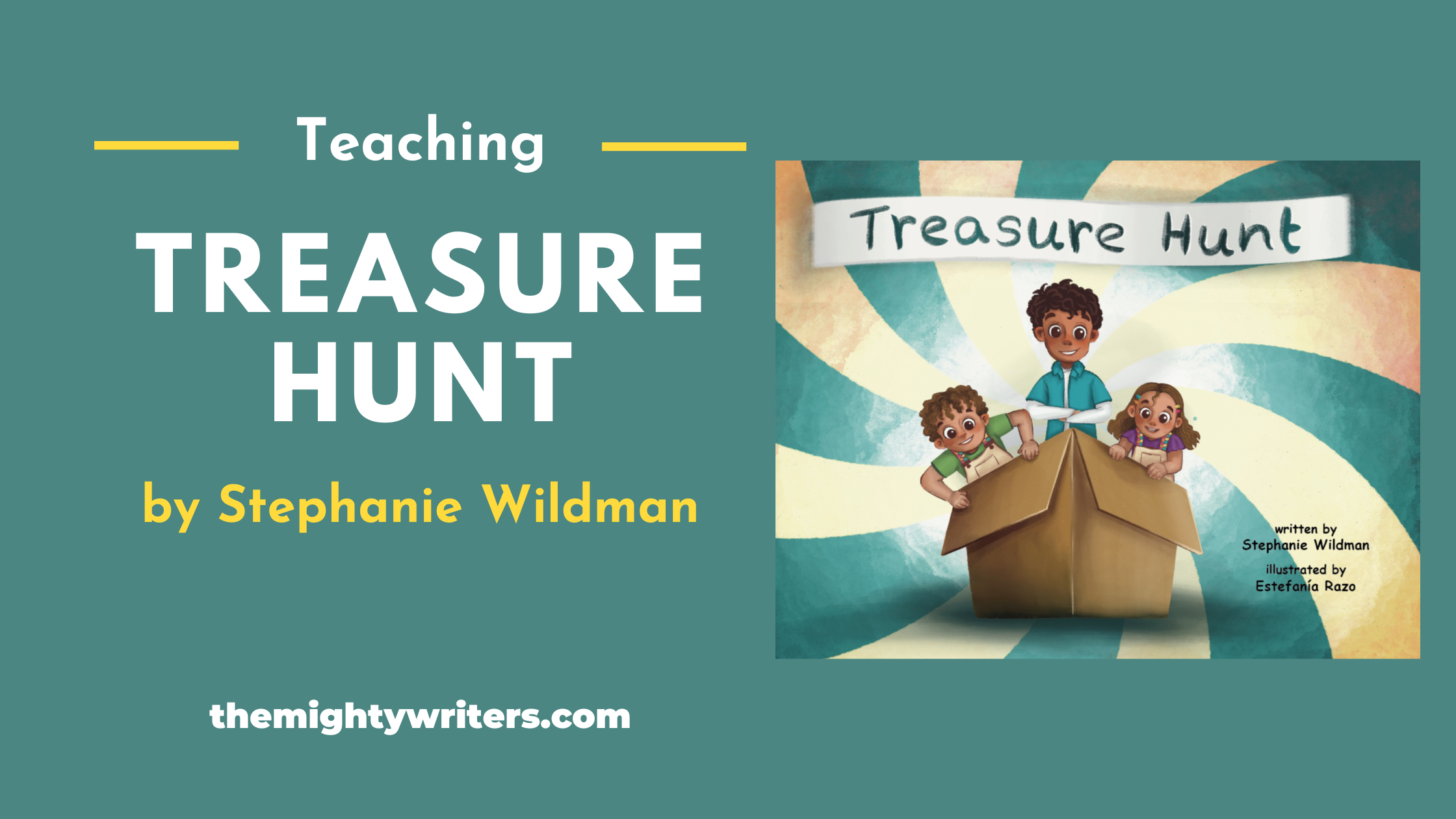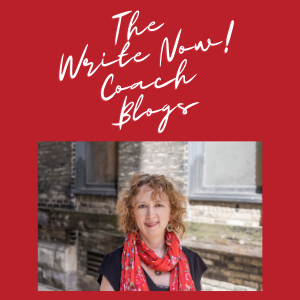A Note to Readers
I am delighted to welcome Stephanie Wildman back to the blog to talk about her new book, Treasure Hunt. Stephanie appeared on my blog a year ago to talk about teaching her book, Brave in the Water: Teaching Brave in the Water. This delightful book will capture your children’s imaginations! It’s a great addition to art class or clean-up day–when kids think about how to repurpose old stuff into art!
Teaching Treasure Hunt
Tell us about your book:
In this light-hearted story, twins Flor and Roberto scamper through their house, hunting for treasure hidden by big brother, Luis. Can these everyday objects really be treasures that offer more fun than video games or TV? Join Flor and Roberto on their search and discover what fun Luis creates with a gigantic cardboard box. Bonus content provides direction for creating your own at-home or classroom fun!
What do you hope young readers will take away from your book?
Former U.S. Sen. Barbara Boxer wrote on the back cover: “Protecting the environment has always been a priority for me so this wonderful story is very special. It shows how children can enjoy doing something to actually make a difference!” Flor and Roberto come to appreciate that many objects people throw away can be recycled, reused, repurposed, and I hope readers will have fun learning along with them.
How might a teacher or librarian use your book in the classroom?
Treasure Hunt will work well in a classroom unit about the environment and how objects we discard as trash might be used to create something new and fun. A classroom activity could have students make their own puppets out of toilet paper rolls, yarn, buttons, or other scrap objects and then write a story to act out with their puppets. Depending on ages this could be a group activity.
For bi-lingual students and classes, the teacher or librarian might read the book in English and in Spanish (one page at a time, alternating languages).
Can you share an exercise or activity that teachers can do with students after they have read your book?
I created work pages, in color and in black and white, in conjunction with illustrator Estefanía Razo available on my website at https://www.stephaniewildman.com/treasure-hunt and also on the Lawley Publishing website. These exercises fit into basic reading comprehension curricula and include: Find the Main Idea, Write the Main Idea, Sequencing, Topic Sentences, and Making Predictions. Additionally, for fun, two coloring pages are available showing the puppet show that concludes the story and also the main characters as portrayed on the cover art.
What books pair well with your book?
Treasure Hunt pairs well with other books with an environmental focus. Here are some suggestions:
The Big Beach Clean-Up by Charlotte Offsay, illustrated by Katie Rewse about a girl whose sandcastle building contest is cancelled due to litter on the beach. She fights back. Backmatter provides more information about the abundance of trash affecting the ocean.
The Boy Who Grew a Forest: The True Story of Jadav Payeng by Sophia Gholz, illustrated by Kayla Harren about Jadav Payeng who was distressed by deforestation and erosion and began planting trees.
Washed Ashore: Making Art from Ocean Plastic by Kelly Crull highlights fourteen sculptures made from trash polluting the beach near her home, inspired by Angela Haseltine Pozzi who started the organization Washed Ashore.
Mightier Than the Sword: Rebels, Reformers & Revolutionaries Who Changed the World Through Writing by Rochelle Melander (our blog host!), illustrated by Melina Ontiveros includes information about two environmental activists: Rachel Carson (p. 116) whose book Silent Spring raised awareness about the harms of DDT and Amariyanna “Mari” Copeny (p.183) who wrote a letter calling attention to the Flint, Michigan polluted water crisis. This outstanding volume includes classroom exercises.
Thanks, Rochelle, for giving me a chance to talk with your readers about teaching Treasure Hunt. I hope readers will also check out my post for you about teaching my first book Brave in the Water at Teaching Brave in the Water!
 About the author. Stephanie Wildman, author of Brave in the Water (2021) (illustrated by Jenni Feidler-Aguilar; translated into Spanish as Valiente en el Agua by Cecilia Populus-Eudave), became a Professor Emerita after serving as the John A. and Elizabeth H. Sutro Chair at Santa Clara Law. She directed the school’s Center for Social Justice and Public Service. Lawley Publishing releases her second children’s book Treasure Hunt (illustrated by Estefania Razo; translated into Spanish as Búsqueda del Tesoro by Cecilia Pópulus-Eudave) in November 2022.
About the author. Stephanie Wildman, author of Brave in the Water (2021) (illustrated by Jenni Feidler-Aguilar; translated into Spanish as Valiente en el Agua by Cecilia Populus-Eudave), became a Professor Emerita after serving as the John A. and Elizabeth H. Sutro Chair at Santa Clara Law. She directed the school’s Center for Social Justice and Public Service. Lawley Publishing releases her second children’s book Treasure Hunt (illustrated by Estefania Razo; translated into Spanish as Búsqueda del Tesoro by Cecilia Pópulus-Eudave) in November 2022.
Her other books include Privilege Revealed: How Invisible Preference Undermines America (with contributions by Armstrong, Davis, & Grillo) (2021); Race and Races: Cases and Resources for a Diverse America 3d (with Delgado, Harris, Perea, and Stefancic) (2015); Social Justice: Professionals Communities and Law (with Mahoney and Calmore) (2013); and Women and the Law Stories (with Schneider) (2011). Stephanie is a grandmother, mother, spouse, friend, good listener, and she can sit “criss-cross apple sauce” thanks to her yoga practice.


